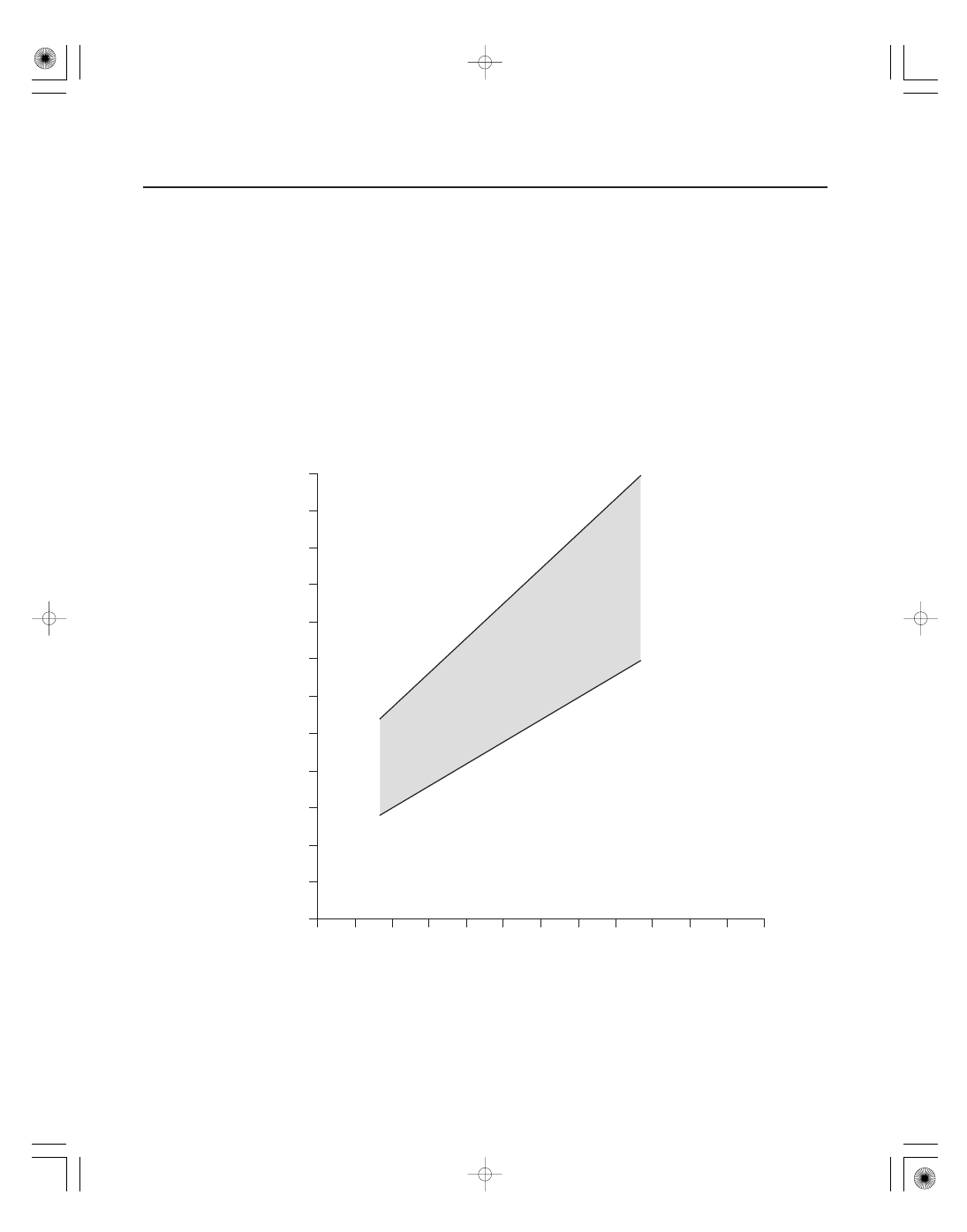Acura CSX. Manual - part 497

*04
21-102
Climate Control
80 %
HUMIDITY
LEVEL
°C
(°F)
49
(120)
psi
(kPa)
60
(414)
45
(310)
25
(172)
LOW SIDE
(SUCTION)
PRESSURE
35
(95)
Ambient (Intake) Temperature vs. Low Side (Suction) Pressure
AMBIENT (INTAKE) TEMPERATURE
30 %
50
(345)
30
(207)
15
(103)
55
(379)
40
(276)
35
(241)
20
(138)
10
(69)
5
(34)
0
46
(115)
43
(110)
41
(105)
38
(100)
32
(90)
29
(85)
27
(80)
24
(75)
21
(70)
18
(65)
16
(60)
12. To complete the low side (suction pressure)/ambient air (intake) temperature chart:
• Mark the low side (suction pressure) temperature along the vertical line.
• Mark the ambient air (intake) temperature along the bottom line.
• Draw a vertical line from the ambient air (intake) temperature mark.
• Draw a horizontal line from the vent (delivery) temperature mark unit it intersects the vertical line.
NOTE: The low side and intake temperatures should intersect in the shaded area within about 10 % of the
measured humidity level. Any measurements outside the line may indicate the need for further inspection.
08/08/21 14:44:56 61SNR030_210_0103